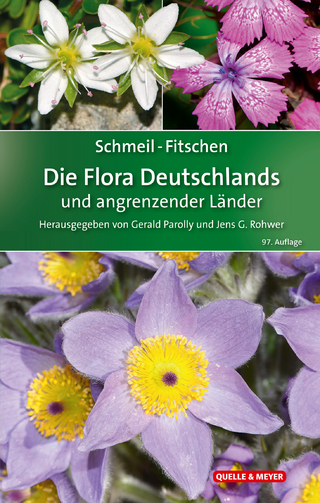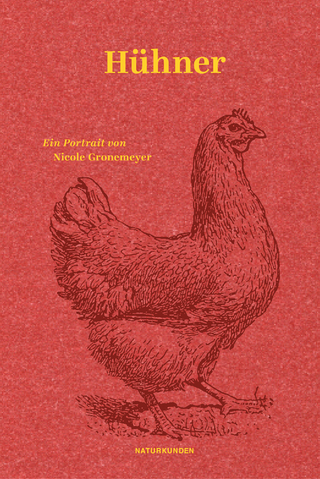
The Corncrake
An Ecology of an Enigma
Seiten
2022
Whittles Publishing (Verlag)
978-1-84995-502-7 (ISBN)
Whittles Publishing (Verlag)
978-1-84995-502-7 (ISBN)
The first comprehensive and accessible account of the lifecycle and ecology of this fascinating bird. It provides up-to-date information on the geographical status and habitat requirements for the continued survival of this iconic bird species.
Changes in farmland management throughout the twentieth century, including agricultural intensification and increasing mechanisation, have resulted in the loss of habitat for many species. The Corncrake is one such species that has faced multiple challenges to its survival. Although it was once a common bird throughout northern Europe, the breeding areas of Corncrakes have been steadily reduced to a fraction of what they once were, and in many areas their continuation as a regularly breeding bird is in serious doubt.
In addition, the behaviour of the Corncrake, nesting under the cover of tall grass and undertaking annual long-distance migrations, means that for most of the last hundred years, its detailed ecology has remained mysterious and little understood. Although there have been millions of words written about the Corncrake in scientific papers, until now there has been no full-length book that attempts to capture all the aspects of its ecology, and to present this information to non-specialists. As a result, until very recently, many important facts about its lifestyle and behaviour have not been widely known, even among ornithologists.
Although scarcely seen in its natural habitat, the Corncrake is well-known in many rural areas due to its characteristic (and persistent) night-time calling, but new discoveries with the aid of acoustic science have proved surprising, and may offer new ways of improving the location, identification, and management options to protect and enable the population of this iconic species to recover, even to thrive in our countryside. A new appreciation of the requirements of this species and the ways in which our sensitive management of the whole landscape, both in its potential breeding areas across Europe and Asia and in the seasonal quarters in regions of Africa, offer new hope for the future of this fascinating bird.
Changes in farmland management throughout the twentieth century, including agricultural intensification and increasing mechanisation, have resulted in the loss of habitat for many species. The Corncrake is one such species that has faced multiple challenges to its survival. Although it was once a common bird throughout northern Europe, the breeding areas of Corncrakes have been steadily reduced to a fraction of what they once were, and in many areas their continuation as a regularly breeding bird is in serious doubt.
In addition, the behaviour of the Corncrake, nesting under the cover of tall grass and undertaking annual long-distance migrations, means that for most of the last hundred years, its detailed ecology has remained mysterious and little understood. Although there have been millions of words written about the Corncrake in scientific papers, until now there has been no full-length book that attempts to capture all the aspects of its ecology, and to present this information to non-specialists. As a result, until very recently, many important facts about its lifestyle and behaviour have not been widely known, even among ornithologists.
Although scarcely seen in its natural habitat, the Corncrake is well-known in many rural areas due to its characteristic (and persistent) night-time calling, but new discoveries with the aid of acoustic science have proved surprising, and may offer new ways of improving the location, identification, and management options to protect and enable the population of this iconic species to recover, even to thrive in our countryside. A new appreciation of the requirements of this species and the ways in which our sensitive management of the whole landscape, both in its potential breeding areas across Europe and Asia and in the seasonal quarters in regions of Africa, offer new hope for the future of this fascinating bird.
Frank Rennie is Professor of Sustainable Rural Development at the University of the Highlands and Islands, based in the Outer Hebrides, and he has produced over 30 books and numerous articles. He was the Winner of the 2020 Highland Book Prize.
| Erscheinungsdatum | 12.09.2022 |
|---|---|
| Zusatzinfo | 12 colour illustrations; 12 colour illustrations |
| Verlagsort | Caithness |
| Sprache | englisch |
| Maße | 170 x 240 mm |
| Themenwelt | Sachbuch/Ratgeber ► Natur / Technik ► Naturführer |
| Naturwissenschaften ► Biologie ► Ökologie / Naturschutz | |
| Naturwissenschaften ► Biologie ► Zoologie | |
| ISBN-10 | 1-84995-502-6 / 1849955026 |
| ISBN-13 | 978-1-84995-502-7 / 9781849955027 |
| Zustand | Neuware |
| Haben Sie eine Frage zum Produkt? |
Mehr entdecken
aus dem Bereich
aus dem Bereich
Buch | Hardcover (2019)
Quelle & Meyer (Verlag)
39,95 €
Botanik, Ethnopharmakologie und Anwendung
Buch | Hardcover (2022)
at Verlag
139,00 €


